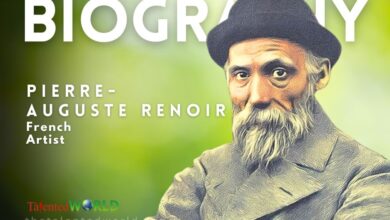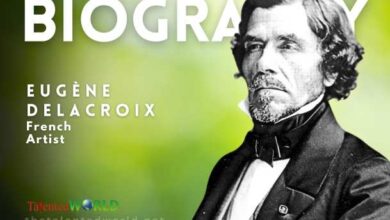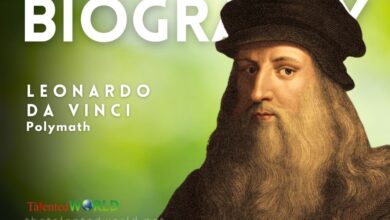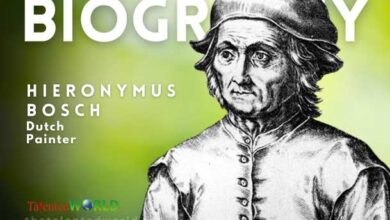| Full Name | Tiziano Vecellio |
| Birthdate | c. 1488/90 |
| Place of Birth | Pieve di Cadore, Republic of Venice |
| Date of Death | 27 August 1576 |
| Nationality | Italian |
| Occupation | Artist |
| Movement | Venetian school |
| Notable Works | – “Self-Portrait” – “A Man with a Quilted Sleeve” |
| Influence | – Recognized for his versatility in portraits, landscapes, and religious/mythological subjects – Notable for his innovative use of color |
| Legacy | – Considered one of the most important figures in Renaissance Venetian painting – His methods influenced many future generations of Western artists |





